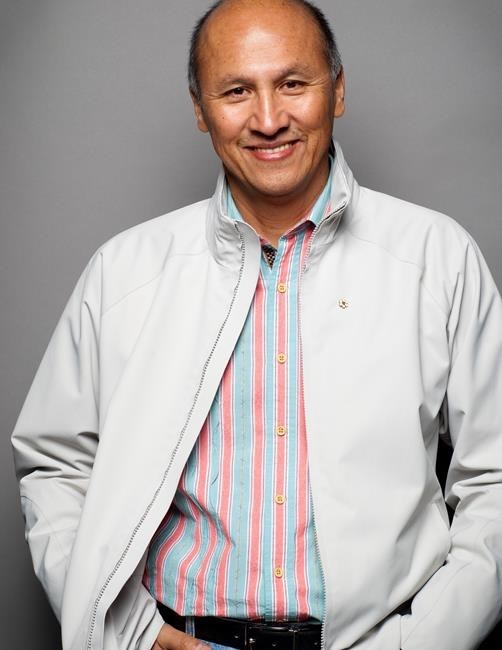Gerald McMaster has always wondered what mysteries and cultural objects are kept within the Vatican’s collection of Indigenous artifacts.
The renowned First Nations curator and artist says the artifacts are important to how Indigenous people see themselves and the world around them. Yet, he says, not many have ever laid their eyes on what's in the vaults.
“What is being hidden? Why is it being hidden?” McMaster pondered in a recent interview with The Canadian Press.
“Why (do) Indigenous people remain shut out whereas the vault will be open to other curators that are non-Indigenous, other European curators."
Indigenous delegates are to meet with Pope Francis at the Vatican the last week in March. The visit is to include a tour of the Anima Mundi Ethnological Museum, which contains an unknown number of Indigenous artifacts.
The Catholic Church has said the delegation’s purpose is to discuss reconciliation and healing, but Indigenous artists and curators say that cannot be achieved if important Indigenous objects remainunseen.
McMaster, who is from the Siksika Nation in Alberta, has been unsuccessful in attempts to see the full collection, despite being a top expert in the field.
He is a 2022 winner of the Governor General's Awards in visual and media arts, a research chair in Indigenous curatorial practice and director of the Centre for Indigenous Visual Knowledge at the Ontario College of Art and Design in Toronto.
McMaster has more than 40 years experience in art, museology and Indigenous esthetics.
“I tried and tried and tried,” McMaster says about his efforts to get access to the Vatican’s collection for his own work with a prestigious international exhibition in 2018.
"I came away from the Vatican completely disappointed. I was unable to ... just connect with anybody, even using Italians who knew people."
The museum was renamed Anima Mundi, meaning "soul of the world," in 2019. At the time, the Pope committed to putting many more objects on display, including those of Indigenous people.
The museum’s website says the artifacts are exhibited on rotation, because they are old and fragile and have extra requirements for their display.
McMaster says keeping the pieces away from the people who created them is a denial of their history. He says Indigenous collections around the world are culturally sensitive and must be treated as such.
Many objects were taken after the Canadian government, through the Indian Act in 1876, outlawed cultural practices, including wearing traditional clothing, he says. Ceremonial items and other important objects were seized, then sold, given to museums or destroyed.
Much of the Vatican's current collection is from a former pope, Pius XI, who decided to hold a world exposition in 1925. A message went out to missionaries around the globe to send items. More than 100,000 objects and works of art ended up on display.
The Vatican says parts of its collection were gifts to popes and the Catholic Church.
Even if items were given willingly, how they are treated and displayed must be done in consultation with Indigenous people, McMaster says.
The collection is known to contain masks, wampum belts, pipes and rugs, and other items from Indigenous communities in North America. Indigenous experts say they don’t have details of the items that have been identified or any idea of how many remain unknown.
"By taking those objects, they are removing our connection, our understanding of the intellectual capacity and intellectual traditions of our ancestors ... the indicators that we ... are connected to specific landscapes,” says Audrey Dreaver, an artist, curator and instructor at the First Nations University of Canada in Regina.
“It really impacts everything and how we feel about ourselves."
Dreaver, who is nehiyiwak (Plains Cree), says it’s much the same as taking cultural objects from and cutting the hair of Indigenous children as they entered residential schools.
It's an intellectual and psychological colonization, she says. The objects themselves are admired, but Indigenous people aren’t considered expert enough to view the artifacts or have them returned.
“They still have a tendency to talk about us like we aren't able to take care of our own cultures and histories.”
Dreaver says reconciliation will not be complete until the Vaticanis honest and open about its Indigenous collection.
Métis artist Christi Belcourt says the matter goes beyond returning art to Indigenous communities.
The Catholic Church is also one of the largest non-governmental landowners in the world, which Belcourt says has given the institution power and wealth.
“Both land and artifacts must be returned to their rightful Indigenous owners around the world.”
This report by The Canadian Press was first published March 20, 2022.
Kelly Geraldine Malone, The Canadian Press



